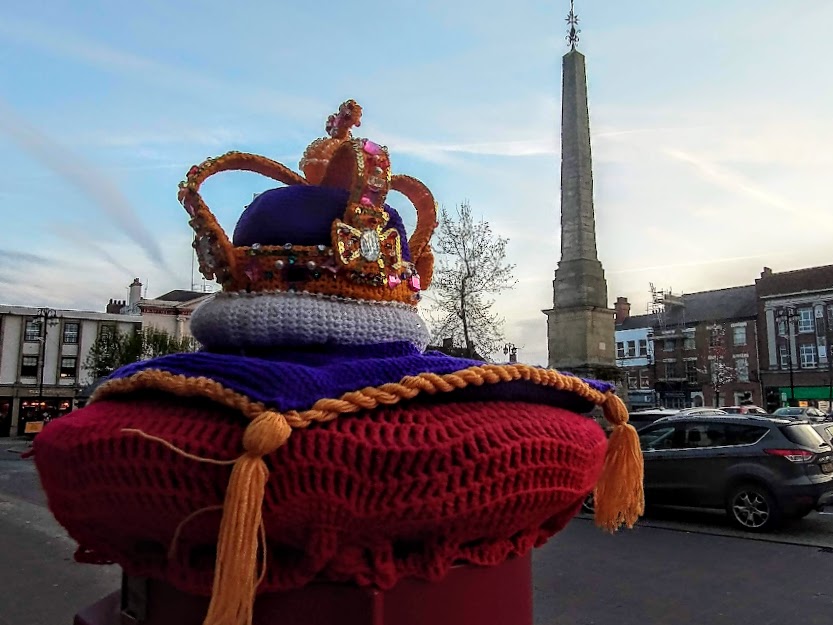When I showed you all the fun to be had at Masham Sheep Fair in Monday’s post, I included a couple of shots of dancers. Dancers who really didn’t give of their best in black and white. These are the 400 Roses.
They’re a group of women dancers from West Yorkshire. They’re folk dancers. But it’s not as simple as that. They combine Morris dancing with – yes – belly dancing, with a nod perhaps to steampunk. Their gloriously extravagant red, black and white costumes feature – among other things – red and white roses to celebrate their Yorkshire and Lancashire origins . Those of you who are not from these parts may not know that the red rose is the symbol for Lancashire, the white rose, that of Yorkshire. The Red Roses are accompanied by their energetically engaging band t’Thorns. Come and have a look.






And a close-up of the skirts of their dresses, every one different.

I couldn’t resist two black and white portraits though: one of a dancer, one of a bandsman.


And even one of the cheerful bags that accompanied them to where they were dancing.

Thank you, 400 Roses. We’ll come and watch you now whenever we can. I think you enjoyed yourselves as much as we your audience did.
An optional extra for Ann-Christine’s Lens-Artists Challenge: On Display.























You must be logged in to post a comment.